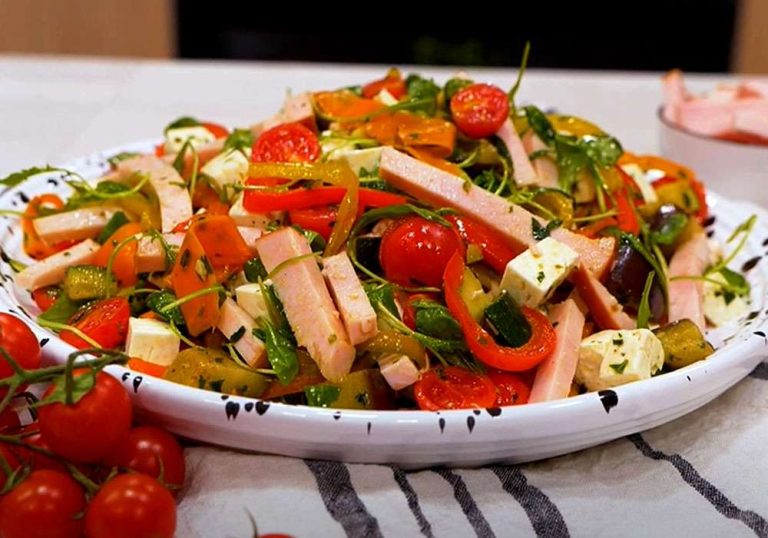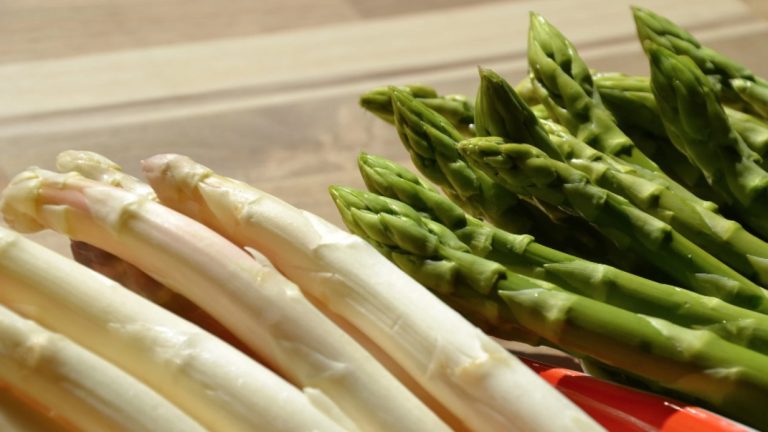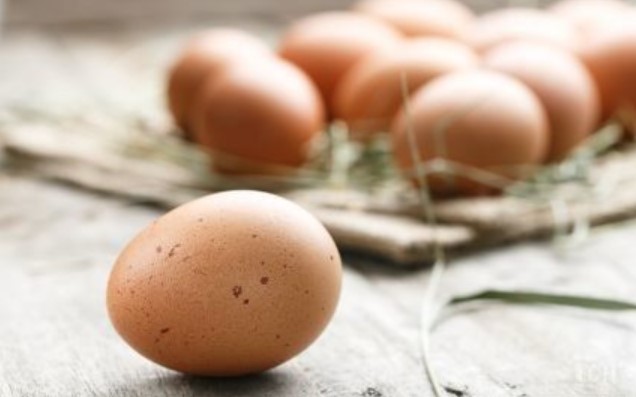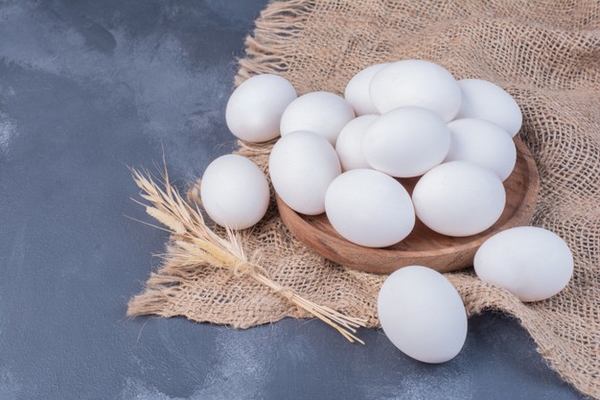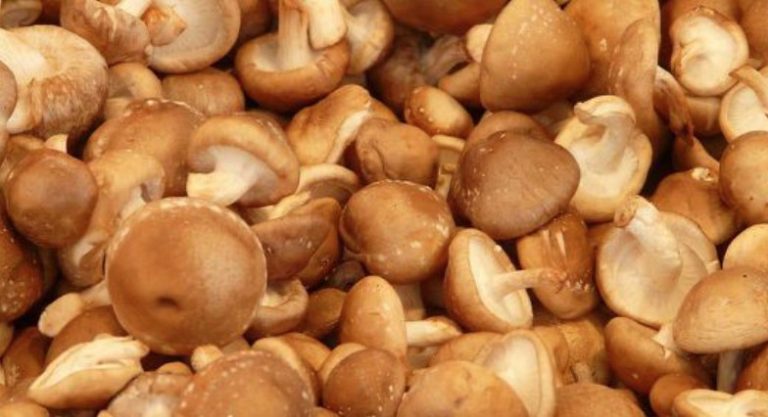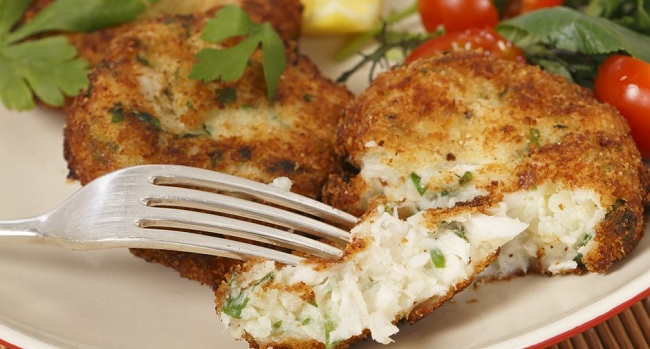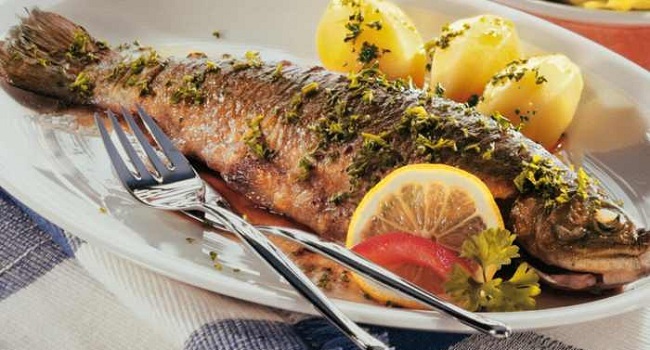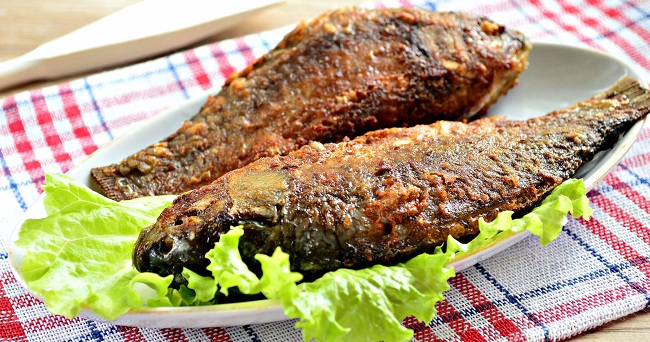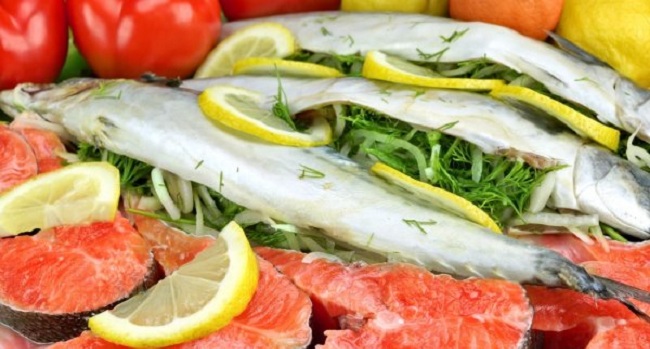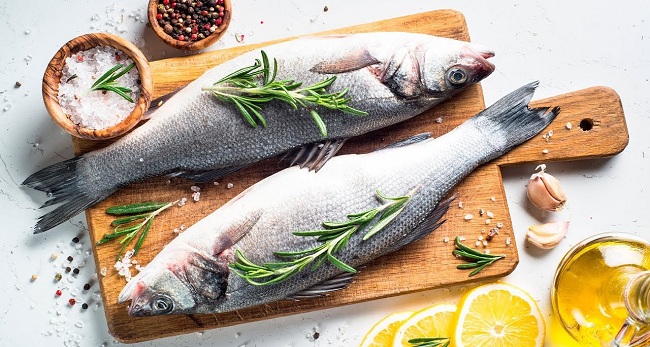If you want to prepare a salad, you should follow a few guidelines. In this article we will show you which five mistakes you should better avoid.
Salads can provide a refreshing and nutritious meal within a balanced diet. Depending on the ingredients, they provide you with various vitamins and minerals, as well as fiber. There are a few things to keep in mind so that you can absorb as many nutrients as possible and prepare a delicious salad.
For a salad that is as sustainable as possible, we recommend that you first pay attention to organic quality when buying the ingredients. In this way you avoid chemical-synthetic pesticides and synthetic fertilizers. If you also buy regionally and seasonally, you avoid long transport routes and the associated CO2 emissions.
Mistake #1 in salad preparation: Washing wrong
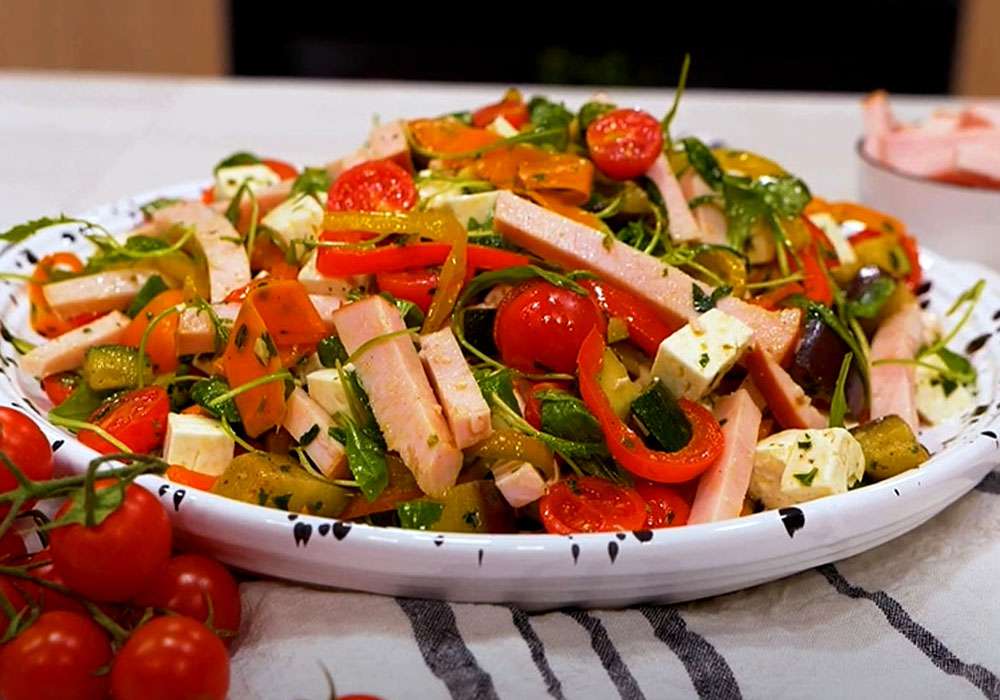
In order to prepare a nutrient-rich salad, you should avoid washing the lettuce leaves immediately after chopping them. After chopping, the lettuce has a particularly large number of interfaces. If you wash it exactly then, it loses an unnecessarily large number of nutrients through contact with water. It is best to detach the leaves from the stalk by plucking them and wash them whole. Even then, you should only expose the lettuce leaves to the water for as long as necessary so that the lettuce loses as few nutrients as possible.
Mistake #2: Not drying lettuce
In order to prepare delicious, crunchy lettuce, you should always dry it as well as possible after washing. If you leave it wet, it can collapse faster. Drying also has the advantage that the salad dressing sticks better to the leaves and the sauce is less likely to pool with leftover water at the bottom of the bowl. You can gently dry the lettuce with a clean kitchen towel or in a salad spinner.
Cooking the salad: Mistake #3
The third mistake when preparing salad is to let too much air get into the salad. Some vitamins are particularly sensitive to oxygen in the air. It is therefore better to pluck the lettuce than cut it when chopping it up. When you cut, you break up the cell structures. On the one hand, the valuable plant sap can escape and on the other hand, the interfaces have direct contact with the air.
When you pluck, the lettuce often tears along the veins of the leaves, which is gentle on the lettuce. If you don’t want to eat the salad immediately after preparing it, store the salad in a tightly sealed container and if possible in a cool place.
Mistake #4: Wrong timing for dressing
If possible, add your salad dressing to the salad just before eating. Otherwise, the lettuce may lose some of its crispness and collapse and become mushy. This is mainly due to the salt that is usually contained in the dressings. This draws the water out of the lettuce.
Mistake #5: Too little variety in the salad cooking

From a nutritional point of view, it makes sense if you make your salad varied and diverse. This means that you should use or combine more nutrient-rich types of lettuce such as dark green and red lettuce, lamb’s lettuce, rocket or spinach.
It is best to add fresh herbs, other types of vegetables, sprouts or wild plants such as nettles, wild garlic or dandelion that you have collected yourself. This is how you add nutrients to your salad. You can also supplement your salad with protein-rich foods. Foods like tempeh, nuts, or beans will keep you full longer.

